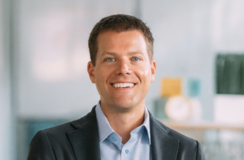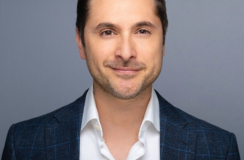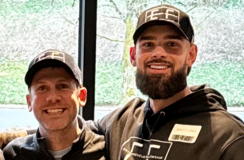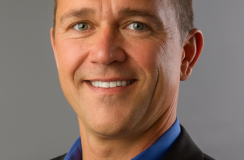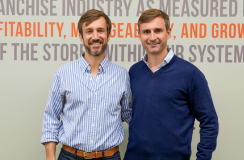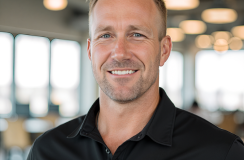t’s amazing what you can do in business if you just listen to your customers.
Throughout his 28-year corporate career, Keith Leimbach had always been distracted by thoughts of being an entrepreneur. When his CEO career ended, he knew he was too young to retire. So he decided the time was finally right to follow his long-held dream.
Now an entrepreneur, Keith started a couple of laundromats, but building them from the ground-up was exhausting.
He also started an Amazon FBA business, but found the lack of customer contact wasn’t a good fit for his strengths.
Finally, Keith found his way to acquisition entrepreneurship and acquired a two-SKU automotive parts business for six figures in August 2019.
Keith made plans for 30% annual growth — which seemed ambitious.
As things turned out, he had actually underestimated the potential of the business be bought.
After just his first three months of ownership, he doubled the business merely by running ads on social media. (The previous owner didn't even have a Facebook account.)
"I think I got a live one here," he realized.
Over the next two years he continued investing in building awareness via social media, as well as product expansion and a passionate commitment to customer happiness.
The business grew dramatically and two years later, Keith was able to sell the business for 8 figures.

In this episode of Acquiring Minds, Keith discusses why he thinks starting a business is a young person’s game. He talks about how he figured out what type of business was right for him just by spending a lot of time looking at the wrong ones. And why it was so important to discover he could outsource the tasks that had the potential to hold back his success. Keith also shares why a quality product and excellent customer service will always be king.
Check out:
✳️ Top takeaways from the episode
✳️ Episode highlights with timestamps
Acquisition Entrepreneur: Keith Leimbach
💵 What he acquired: Harboring a desire to run his own business since junior high school, Keith finally followed his dream once he closed the door on a lengthy and successful corporate career. After dabbling in starting a few businesses of his own, he decided to acquire a business. He signed up for all the online broker listings, and eventually acquired an automotive parts business in August 2019 in the mid-six figures. Over the next two years, he focused on digital marketing, expanded his product line, and moved into new markets. All of this led to his extraordinarily successful exit from the company a little over two years later.
💡 Key quote: “If you're oriented around, ‘I'm going to find really great people, I'm going to outsource the stuff that sucks the life out of me, and I'm going to spend my time doing the things that I'm great at [and] that can really grow the business,’ you're gonna have a big impact.”
👋 Where to find him: LinkedIn
Acquisition Tips From the Episode
Top takeaways from this conversation
💼 Don’t worry about competing with private equity firms.
When Keith initially set out to acquire a business, he was concerned he would be competing against every venture capital or private equity firm around. He knows people in private equity and understood that they have interns and plenty of resources at their fingertips for tasks like calling hundreds of companies. But after going through the search process, he realized his fears were unfounded.
PE firms aren’t generally looking at businesses with under $1M in earnings. The competition is going to be other people — people like you — who are looking to support their families and aspire to make the business a little bigger.
“You're not competing with private equity pros that are gonna eat your lunch. That's not happening,” Keith says. “You're competing with guys like you that are thinking, ‘Hey, maybe I might like to buy that business.’”
🍎 Under-marketed businesses can be low-hanging fruit, leading to quick growth.
Before even buying his business, the seller told Keith how much he hated social media. He stressed that he didn’t have anything to do with it. With this information, combined with the knowledge that the business made a high-quality product that most people purchase when they’re actively looking for it, Keith realized that the business just had an awareness problem. He immediately hired a digital marketing firm, which led to his first burst of growth.
“I knew if we spent the money in the, quote-unquote, right way—which has got a lot of latitude to it—you can almost not spend money the wrong way if you've got a digital firm behind you and you're tracking the metrics,” Keith says. “It's not like, ‘How many people looked at my billboard? Or how many people saw my bus bench with my ad on it?’”
He explains that with advances in technology, it’s easy to know how many people see an ad, how many clicks it gets, whether it leads to a sale, and if that customer returns to your website.
“It's not just about getting somebody to know about my product, but once they know about it, awareness is being aware of what they do when they're interacting with your site. Now that you've got them there, how do you get them to actually pull the trigger and buy what you need them to buy? And all that technology is available today,” Keith says.
🔍 After marketing, there are still many areas to focus on to make improvements.
"Just add marketing" isn't everything. Adding new products by listening to what customers are asking for was the real key to how Keith grew the business.
Despite the quick win from adding digital marketing, that actually wasn’t the key to the incredible growth Keith brought to the business. While he was the person answering the phones, by listening to his customers, he realized there were new products he should be adding to his inventory.
His customers kept asking if they could use one product with another. Sometimes, especially at the beginning, his answer was, ‘I don’t know!’ He had this same conversation “about 200 times” the first few months he was in business before realizing he could actually just create a compatible product to address this need. His customers told him they loved the two products, but then asked whether those products would work with another kind of product. At that point, Keith was starting to understand the game.
“I started to understand that the foundation of product development has to start with what customers really want. Lots of times, your customers are already telling you! If you just open up your ears, you realize the reason they were asking a certain question was because [what they really wanted] was not available today. And in this particular industry, there was a lot that wasn't available at the time. And so, I was able to create these things—or couple them—and that really changed the offering,” Keith says.
Not only did this strategy increase Keith’s average sale price, but he was able to solve additional problems his customers were having.
“That, combined with changing the way I was listening to customers, and also recognizing opportunity faster, was really the second wave of growth,” Keith says.
Episode Highlights
Inflection points from the show
[4:05] Climbing the CEO ladder while keeping dreams of entrepreneurship on the backburner.
[6:35] The beginnings of entrepreneurship and why it’s such a life-changing career path.
[10:51] Finally finding acquisition and ambitious growth plans.
[14:15] The ins and outs of the automotive-parts business Keith acquired.
[16:44] Wanting to build something of his own, but eventually acquiring.
[18:28] Lessons learned by looking at and considering different businesses.
[22:41] Focusing on the parts of the business that gave him energy and outsourcing what didn’t.
[27:08] The value of corporate experience when running a business.
[29:17] Finding a balance between the costs and benefits of hiring employees.
[32:48] How capitalizing on the weak points of the business can double growth within a few months.
[37:17] Seeing opportunity in fixing problems for customers.
[40:44] Why high order values shouldn’t be a lead strategy when looking for a business.
[42:52] The importance of being aware of how customers interact with your brand.
[47:17] How the “just add marketing” cliche was both true and untrue for Keith.
[50:30] Getting to a successful exit and why it’s important to consider diversifying your portfolio.
[55:33] Why an Amazon FBA business was the wrong fit for Keith.
[1:01:58] Entrepreneurship’s pros and cons.
[1:05:36] A recent near-death experience and why people should pursue what matters most to them.






%20-%20thumbnail.png)

.png)




%20-%20thumbnail.png)


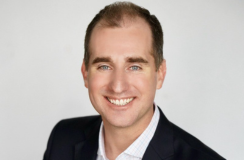





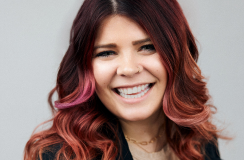
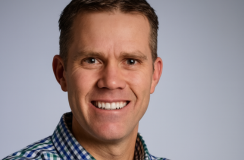





%20-%20thumbnail.png)


